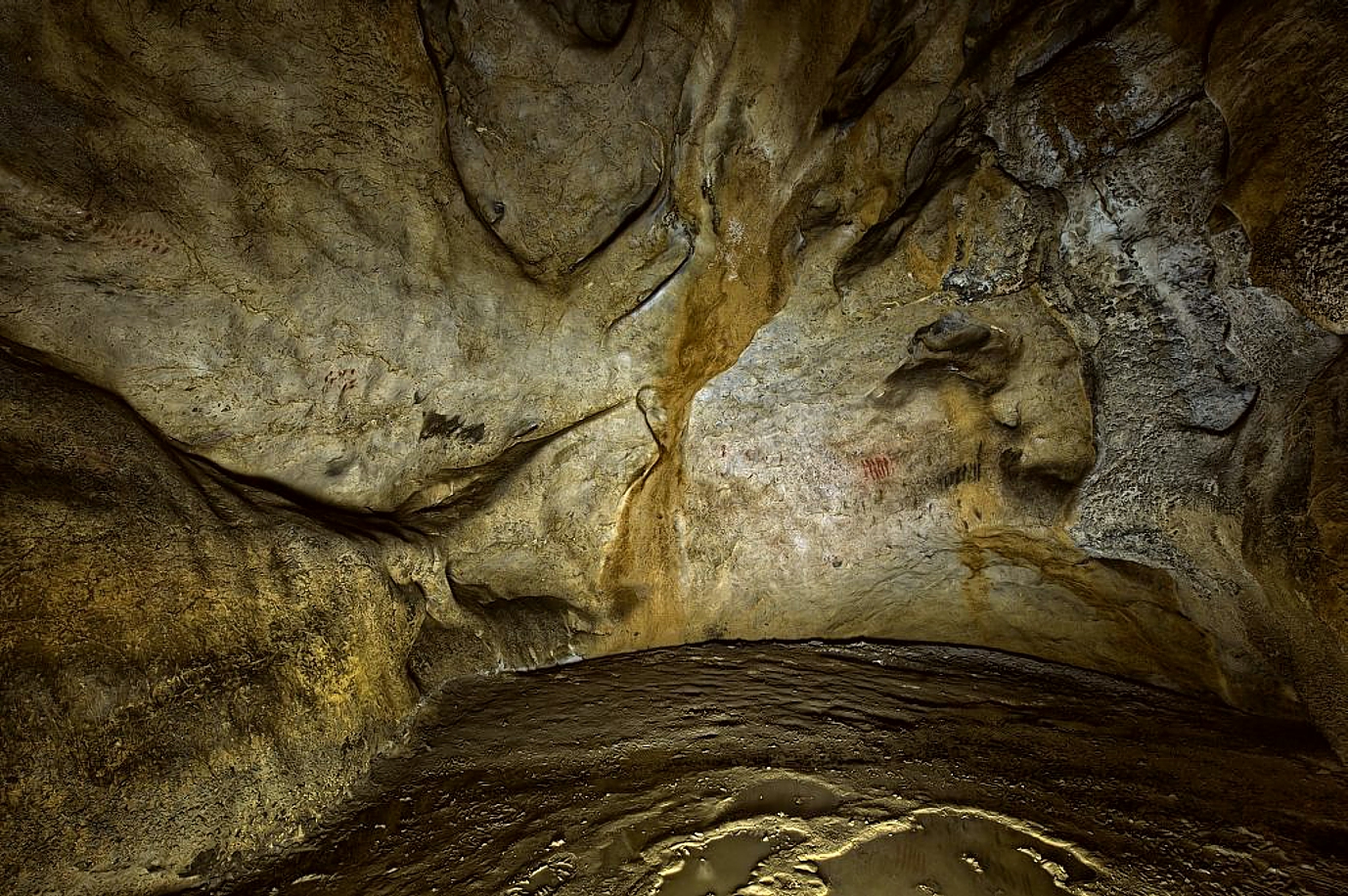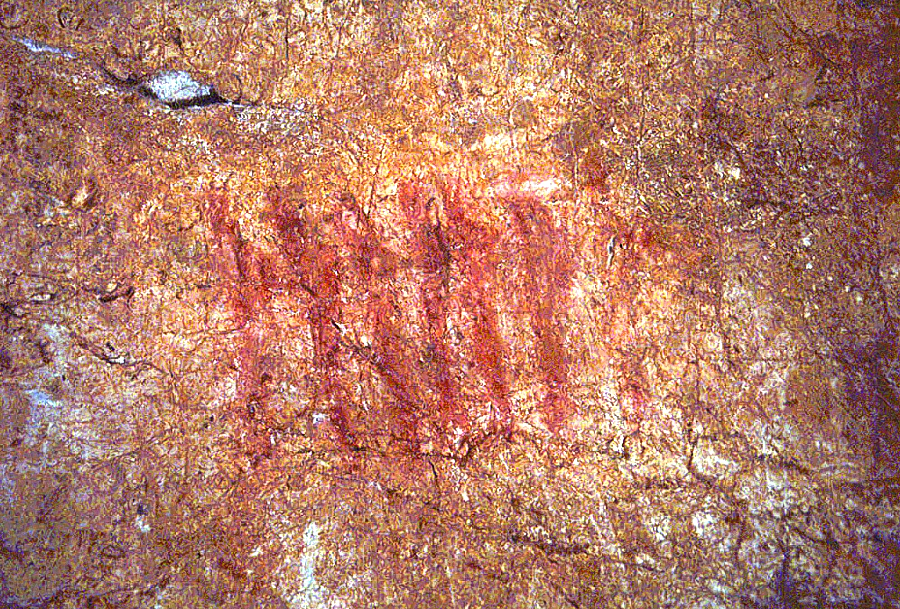Cronología de las representaciones rupestres: Gravetiense y Magdaleniense (hace 26.000-12.000 años).
Descripción general del destino: Cullalvera alberga el conjunto de arte rupestre más profundo del norte de España, con una serie de figuras a más de un kilómetro de la enorme entrada de la cueva. Las figuras principales son caballos pintados en negro, líneas negras, claviformes y puntos rojos. En la zona de entrada se han identificado algunas señales y una cabeza de caballo, todo ello en rojo. Los visitantes pueden recorrer los primeros 350 m de esta enorme cueva, pero no es posible ver las pinturas directamente. Estas se muestran en un audiovisual. Cullalvera es una cueva de grandes dimensiones con una entrada espectacular de la que sale una fuerte corriente de aire frío. El interior de la cueva cuenta con una pasarela y es accesible para personas con discapacidad. La visita comienza con un audiovisual que describe aspectos del paisaje, el patrimonio y la economía del Valle del Asón en general y de Ramales de la Victoria en particular. Una vez iniciada la visita, un espectáculo de luces, sonido y agua introduce a los visitantes a la historia de la cueva, desde la prehistoria, cuando los primeros Homo sapiens habitaron la entrada y pintaron animales y señales a cientos de metros de profundidad, hasta la Guerra Civil Española, cuando la cueva se utilizó para aparcar vehículos. Leyendas e historia rodean la Cueva de Cullalvera.
Historia del sitio: El yacimiento forma parte de un sistema de cuevas de unos 12 kilómetros de longitud, donde la acción del agua sobre la roca ha formado un enorme pasaje subterráneo. El arte rupestre fue descubierto en la década de 1950 y estudiado por J. Carballo y J. González Echegaray. Cuando el yacimiento se estaba desarrollando como cueva-espectáculo, se descubrieron figuras rojas, especialmente una cabeza de caballo, cerca de la entrada, donde ya se conocían algunas pinturas rojas.
Descripción de los recursos museográficos: Hay un pequeño edificio de recepción fuera de la cueva.











